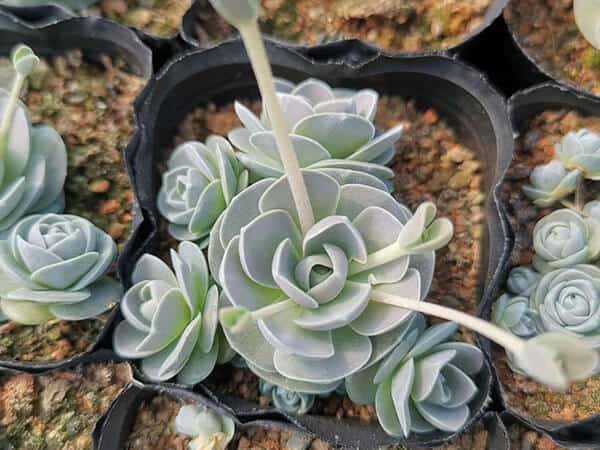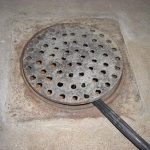Orostachys Boehmeri, also known as the Chinese Dunce Cap, is an attractive succulent with open soft leaves rosettes. It is a very delicate plant that is connected with very thin stems.
Orostachys Boehmeri is found in green color, whereas its stems are yellow. This plant can grow up to 6 inches.
Orostachys Boehmeri is a succulent that first originated from Japan. These plants grow mainly throughout spring, summer, and autumn.
It can survive in high temperatures and becomes dormant at temperatures higher than 30 degrees centigrade. Orostachys Boehmeri can be grown easily and requires little to no maintenance.
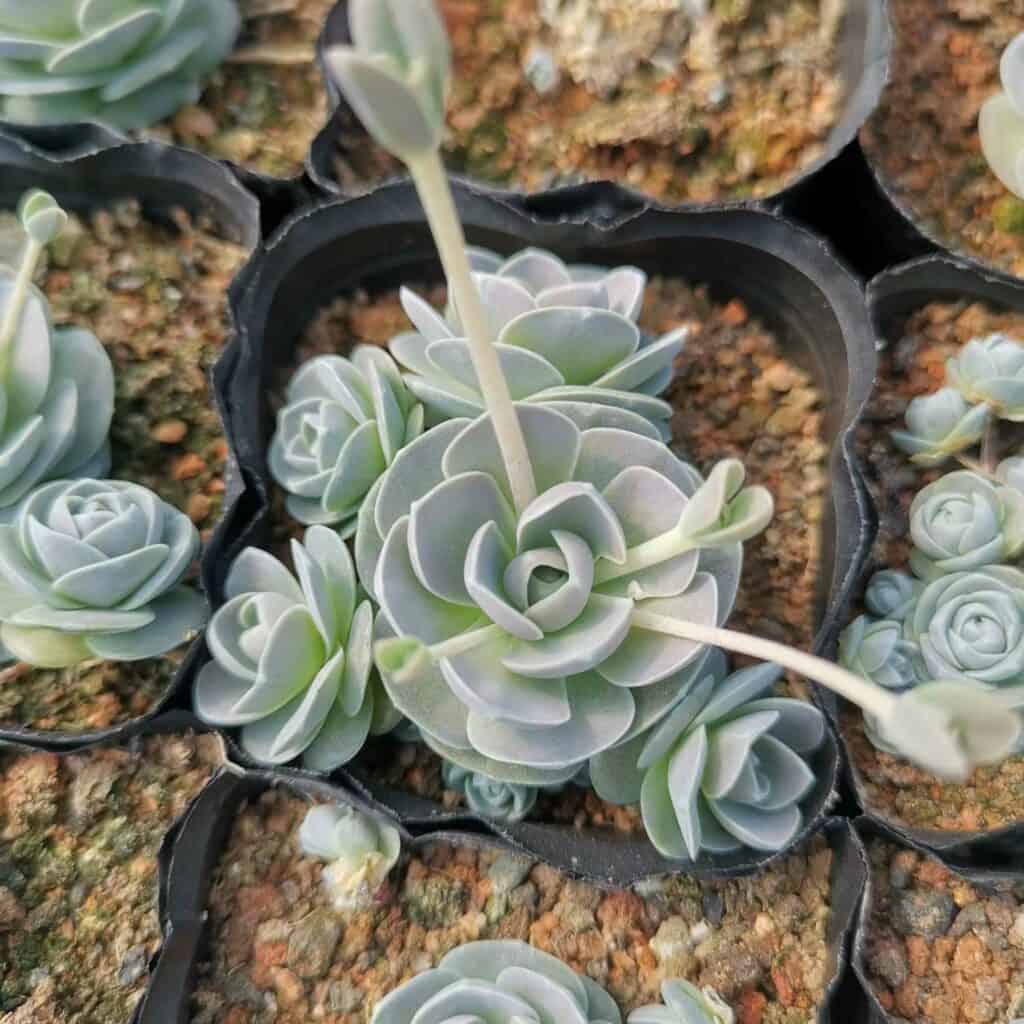
Caring for the Orostachys Boehmeri
Soil
Orostachys Boehmeri is a succulent seed plant. The seed can be planted on windowsills as a potted plant or on your worktable as a house plant to decorate and make the environment more attractive. This plant does not require a certain type of soil; it can grow in poor soils as long as it is well-draining. After planting the seed, one should water the soil moderately, or else if too much water is poured on the tiny seed, it might not grow to become that much of a beautiful plant.
Water
The Chinese dunce cap doesn’t require that much water. When a person plans to plant such a plant, they should monitor its condition. When they feel the plant’s color is decaying or the leaves don’t look that fresh, they should water them moderately.
The watering of this plant also depends upon the weather conditions. As most succulent plants become dormant in extreme summers and extreme winters, it is not advisable to water them each day as during the period in which they are dormant; plants tend to work slowly, which could mean that the excess water a person pours on them goes to waste which could eventually minimize the possibility of perfect growth.
Pruning
Orostachys Boehmeri is an attractive plant, meaning certain pruning would be necessary to keep the plant attractive. By pruning, I mean that plants tend to grow bigger as time passes, and their stems become redundant. These redundant stems reduce the attractiveness of the plant. The plant regains its attractiveness by cutting these stems off and looks beautiful again.
Sunlight
Dunce Cap will appreciate light sunlight and semi-shade. As most succulents don’t require that much sunlight, this plant also requires adequate amounts of sunlight. If exposed to very bright sunlight, your Orostachys Boehmeri might turn greyish and lose its colors. An interesting fact about this plant is that if the number of days in sunlight is more than the number of days it spends indoors, the leaves will take a nice lavender chunky look, and if it spends most of its days indoors, then the leaves turn blue.
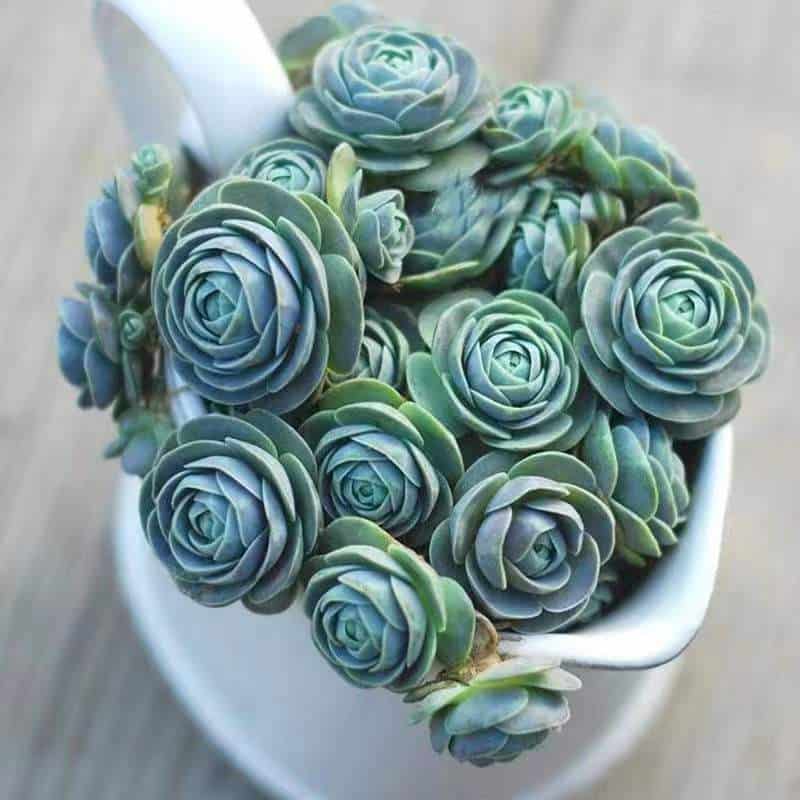
Certain problems arise when people grow Orostachys Boehmeri in their gardens or homes.
Temperature And Humidity
There isn’t any specific temperature requirement for Orostachys Boehmeri, but you must keep a few things in mind. In extreme summers and winters, there is a high chance that your plant will go into dormancy. At that time, you shouldn’t water it too much because, during such weather conditions, the plant isn’t able to absorb water or any nutrients.
Moreover, when humidity increases, your plant’s soil is already a little watery; hence, it is not worth over-watering it.
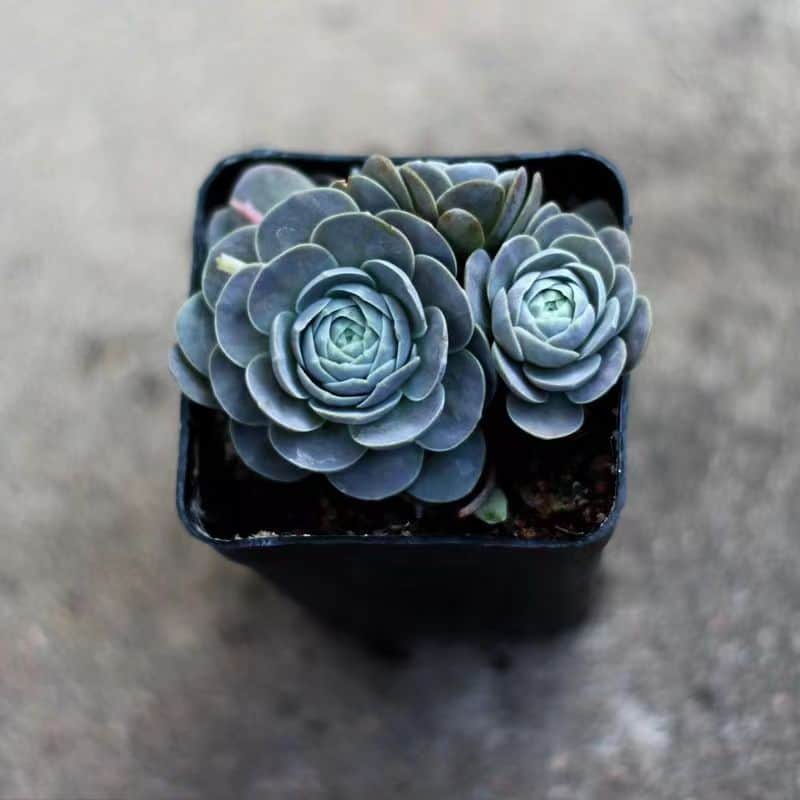
Propagation
The best way to propagate your Orostachys Boehmeri is by using its leaves for cutting propagation. First, you’ll have to cut a healthy bunch of leaves from the plant. Secondly, you’ll have to place those leaf cuttings at the bottom of your pot. Finally, you’ll have to wait for your plant’s first bud(baby plant).
Pests and Plant Diseases
Pests Diseases
Another problem that comes with the growth of Orostachys Boehmeri is pests. Pests are a kind of nuisance that is present everywhere. If someone loves greenery, they will have to acclimatize to them. Pests are present everywhere where there are plants.
Common pests include spider mites, white butterflies, and aphids. They are tiny and hence are difficult for the naked eye to see. Pests are also not that big of a problem as they can be easily removed through certain measures. Pests could easily be washed away through water, but if the situation is worse and one sees that the number of pests present in the plant is a lot, then one should consider buying imidacloprid, a drug to get rid of pests. One should carefully read the instructions before using the drug, as too much concentration of it would eventually result in the demise of the succulent itself.
Plant Diseases
When temperatures rise above 30-35 degrees centigrade, bacteria grow inside the soil. This bacterium is not good for the plant as the bacteria destroys the essence of the plant: its beauty. The plant’s stems start to turn yellowish and, if not taken care of, can even rot by turning completely black. Many people get worried when facing this problem because they don’t know how to cope. There is not to worry about, as the solution requires minimal effort. Plants facing the problem of bacteria should be sterilized. The sterilization process is not that complicated. The owner must sterilize the plant with carbendazim water and spray it on the whole plant. Moreover, you can also dip the soil part of the plant in the concentrated water for a while so that the bacteria completely fuse out of your plant.
Conclusion
So, this is how one can grow a healthy and safe Orostachys Boehmeri in their homes. All the methods and problems associated with the growth should be kept in mind before deciding to grow it. It isn’t as hard as it looks. You just have to trust the process. Enjoy!

